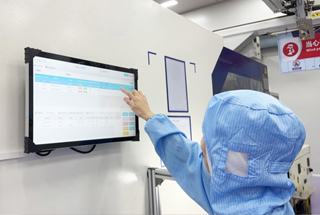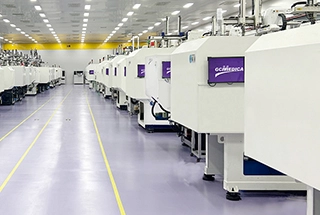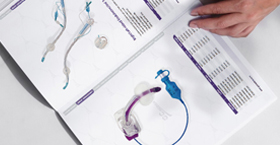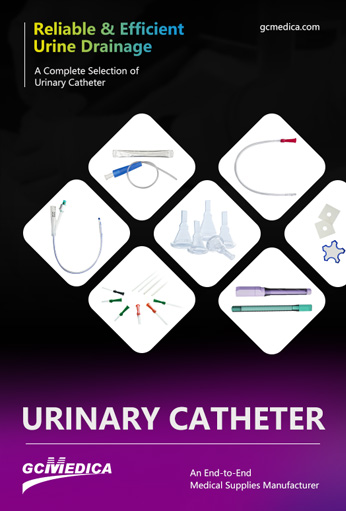Female intermittent catheterization is a medical procedure in which a thin, flexible tube (catheter) is temporarily inserted through the urethra into the bladder to drain urine. Unlike indwelling Foley catheters, which remain in place for days or weeks, intermittent catheters are used only for the duration of each voiding episode and then removed. This approach helps reduce the risk of infection and promotes bladder health by allowing periodic filling and emptying cycles. It is commonly prescribed for women with neurogenic bladder dysfunction (e.g., spinal cord injury, multiple sclerosis), urinary retention, or postoperative recovery following urological surgery.
The following table summarizes the key aspects of female intermittent catheterization:
| Aspect | Details |
|---|---|
| Catheter Types | • Hydrophilic-coated: lubricates on contact with water• Pre-lubricated: ready to use• Non-coated: requires external lubricant |
| Equipment Needed | • Appropriate-sized catheter (usually 12–16 Fr)• Sterile gloves (optional if using clean technique)• Water-based lubricant (for non-coated types)• Collection basin or toilet |
| Preparation | Wash hands thoroughly. Assemble supplies on a clean surface. If using a reusable catheter, clean it per manufacturer’s instructions. |
| Insertion Steps | 1. Position—either sitting on the toilet, crouching over a collection basin, or lying supine with knees bent2. Separate labia with one hand3. Insert catheter gently until urine flows4. Wait for complete drainage |
| Frequency | Typically every 4–6 hours or 4–6 times daily. Frequency may be adjusted based on fluid intake, residual volume, and medical advice. |
| Benefits | • Lowers urinary tract infection (UTI) risk compared with indwelling catheters• Preserves bladder tone and capacity• Improves patient comfort and autonomy |
| Precautions | • Use clean or sterile technique as instructed• Never force the catheter—stop and seek help if resistance or pain occurs• Discard single-use catheters; disinfect reusable catheters between uses |
Intermittent catheterization empowers women to manage bladder emptying independently and discreetly. The hydrophilic-coated catheters, which activate their lubricious surface upon contact with water, are popular for reducing urethral trauma and discomfort. Pre-lubricated catheters simplify the process further, though they tend to be more expensive. Reusable non-coated catheters, when cleaned and stored properly, can offer a cost-effective alternative, but they require meticulous hygiene to avoid infection.
Technique and positioning are crucial for success. Women may find it easiest to sit on the toilet, lean forward, and gently separate the labia with one hand while advancing the catheter with the other. Alternatively, lying supine with knees bent or standing in the shower can provide better access for some. Regardless of position, the goal is to insert the catheter until urine begins to flow, then advance it a little further to ensure complete bladder emptying before withdrawing it slowly.
Common challenges include initial anxiety, difficulty locating the urethral opening, or occasional urethral spasms. Patient education—often provided by a continence nurse—addresses these concerns through demonstrations, practice with different positions, and tips for relaxation during insertion. Regular follow‑up enables adjustment of catheter size, technique, or frequency based on residual urine measurements and any symptoms.
In conclusion, female intermittent catheterization is a safe, effective, and patient‑centered method of bladder management. It offers significant advantages over long‑term indwelling catheters, including lower infection rates, maintenance of natural bladder function, and greater personal autonomy. Proper selection of catheter type, adherence to clean or sterile technique, and individualized scheduling are key to maximizing benefits and minimizing complications. With appropriate training and support, many women can incorporate intermittent catheterization seamlessly into daily life.
| Urinary Catheter > |


 Français
Français Español
Español Products
Products

 About Us
About Us












